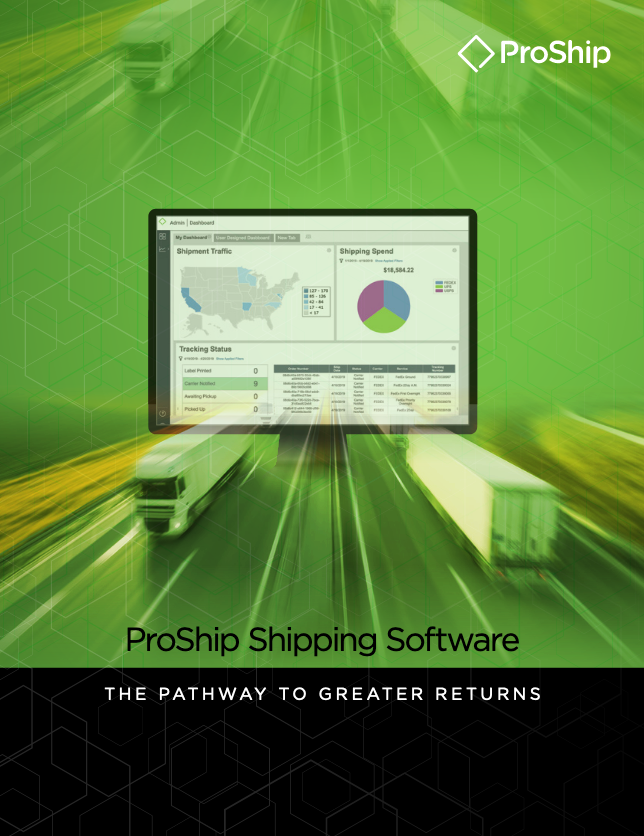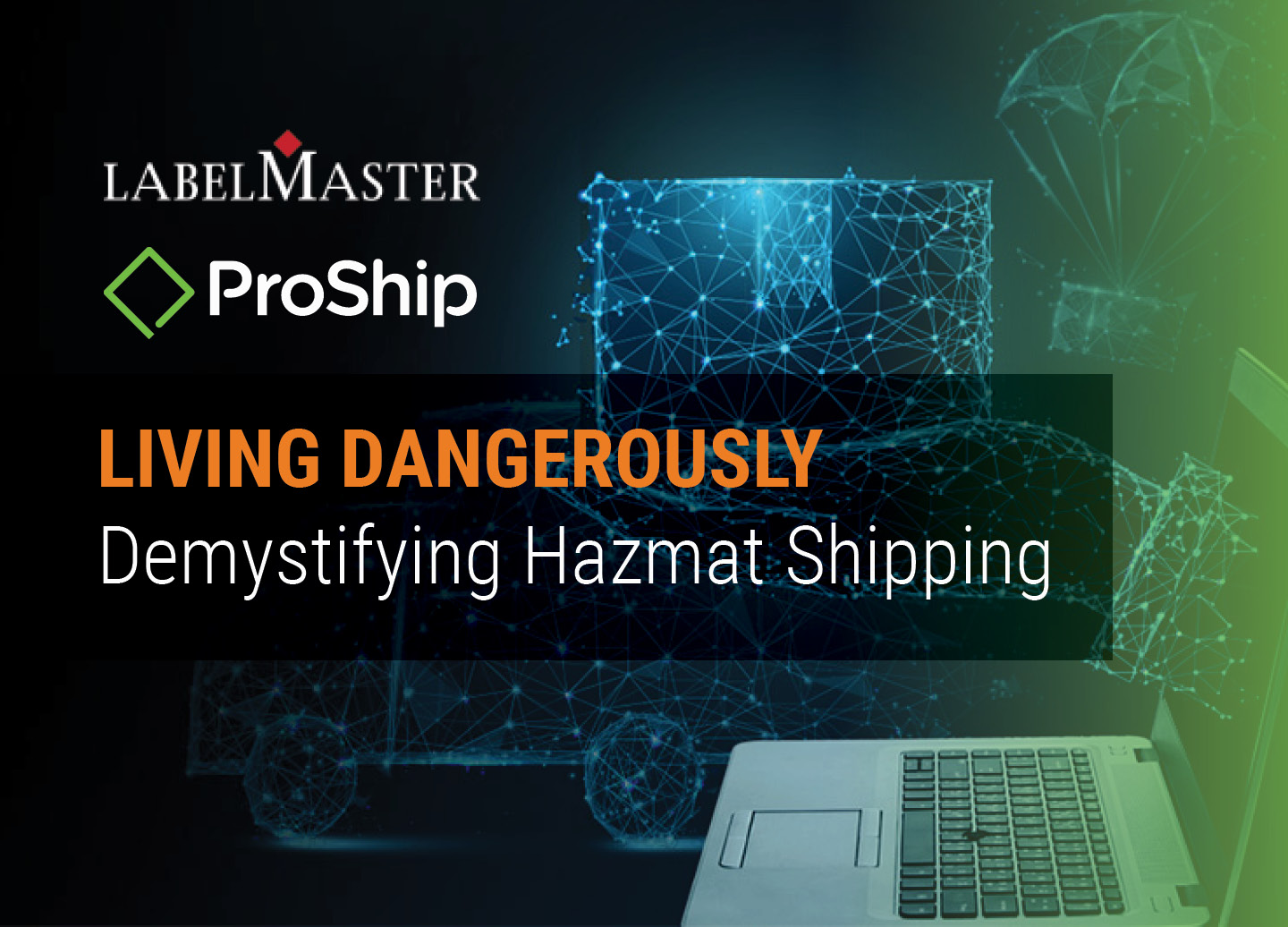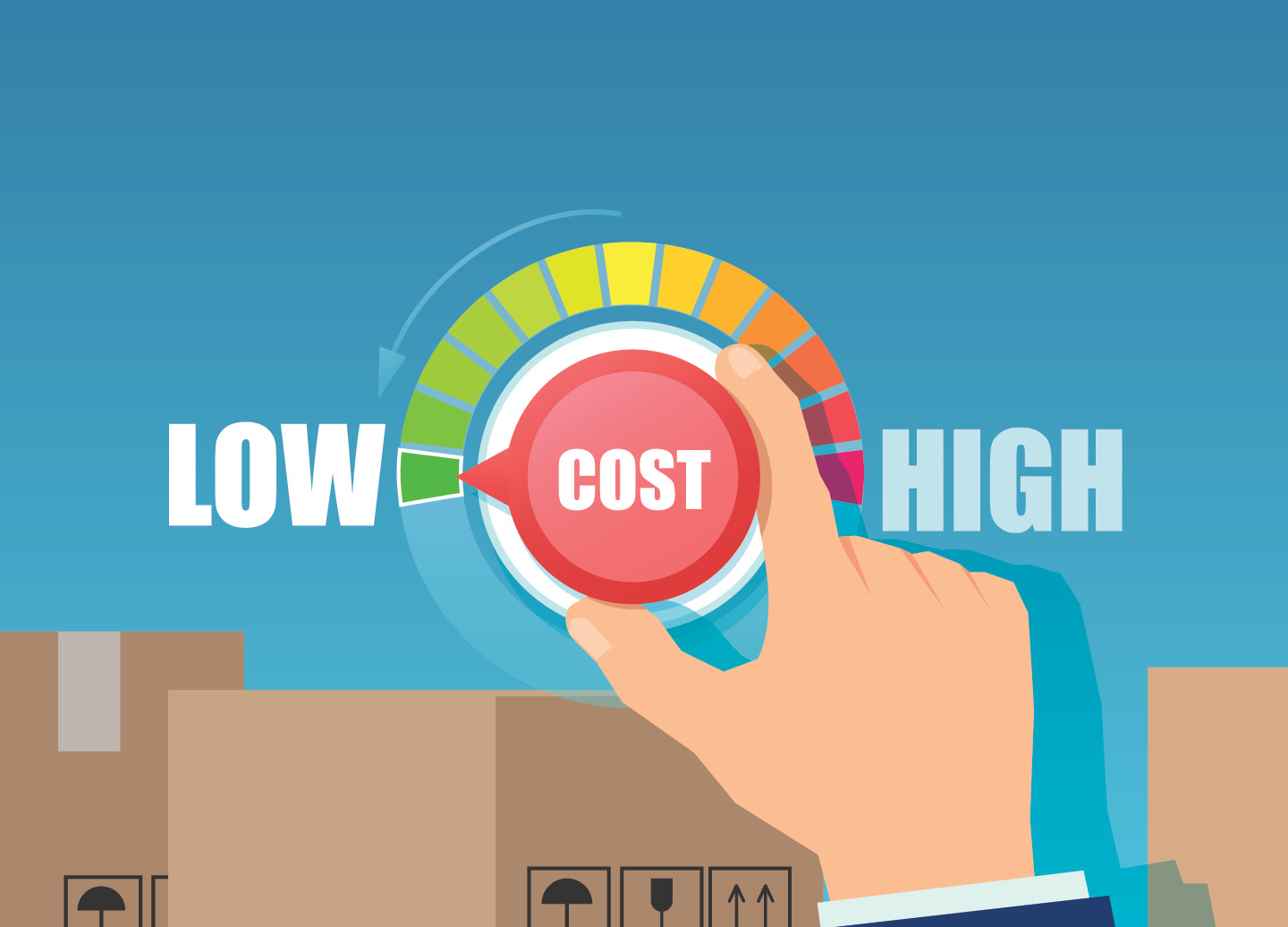A rapidly changing transportation landscape calls for flexibility within your parcel shipping operation.
E-commerce is rapidly becoming the favorite way for today’s consumers to shop, and in times of COVID, sometimes the only way to shop. Store fronts are closing, causing many retailers and even manufacturers to spring forward their e-commerce projects from their previously relaxed plan of “let’s just make sure it gets done before peak season.” But what happens when peak becomes the new norm?
No matter if you are part of a retail corporation that is well-versed in e-commerce, or a manufacturer just starting out, the complex and ever-changing world of parcel shipping can be tough to navigate, especially when you’re operating at max capacity for multiple days, weeks and even months on end. What companies need in place now is a well-oiled omnichannel strategy. Some had this before the pandemic, others were making plans to implement it and others have been caught unprepared.
Though your mind may be in a million places, there are a couple of key things to keep in mind surrounding your shipping technology that may aid in times of increased order volume.
Make sure your shipping technology is flexible enough to handle peak volume spikes.
Scalability is one thing, but flexibility – especially when it comes to adding and modifying business rules – is another. For instance, if your distribution centers are getting bogged down by high order volume, you may consider using your store locations as fulfillment centers to ease the pain and get packages out to customers in a timely manner.

We recommend our customers to keep their business rules simple within their shipping software because this plays a big part in omnichannel fulfillment. Keeping your business rules simple means minimizing location-specific business rules and instilling location-type or item-type business rules. For example, if you make a business rule that is specific only to Warehouse A in Hebron, you’ll make it very difficult to process that type of shipment anywhere else within your fulfillment network (like if you choose to switch a store from BOPIS with minimal-to-no ship-from-store traffic to heavy ship-from-store traffic, making it a temporary pop-up warehouse).
Also, if you’re currently only shipping Item A from Warehouse A, then you can make the business rule about item-type and not location-type. This way, when you choose another warehouse or store in the future to ship Item A, your business rule is portable, and you won’t run into additional complications. Hence, flexibility is key.
Automation is completely necessary!
The reason you need to have highly flexible technology is to automate your business rules. Employees are already inundated with so much change (masks, physical barriers, increased sanitation requirements), and if you add “we are not shipping with Carrier A today” or “we are only using these services for carrier B”, you risk overwhelming employees. By ensuring that these processes are automated in your shipping software, employees just need to react to the results, rather than dictate them.
If you are shipping from a store and are allowing curb-side delivery today, some shipments will be produced with a “pick-up” label rather than a carrier label. With automated business rules, the employee need only be trained in what to do with particular label types, and do not have to be trained on when to create a pickup label versus a carrier label. If tomorrow the store is only doing curb-side pickup and not shipping small parcel, there is no difference in what the employee has to do. They still will put all the pickups in the same location waiting for a customer to show up.
Advanced features make a big difference.
It’s important to never over-proscribe a business rule. Instead, let your shipping technology’s features make the decisions for you. We hear so many customers say, “I’m shipping our newest product, so I want to apply beginning-to-end business rules for this item.” Now, this product might have special boxing or packing instructions, but you don’t have to dictate the business rules for shipping at the beginning to ship successfully. Let technology features like Advanced Date Shopping do its job in order to minimize cost no matter where the order is from and ensure that the customer experiences the delivery time that was promised to them.
The entirety of 2020 has brought shippers a high degree of uncertainty thus far. Uncertainty in the market is best answered with flexible, automated and advanced shipping capabilities. No one knows what tomorrow will bring and shippers will need to change shipping rules easily to adapt when circumstances on the ground change. A centralized solution that manages all shipping business rules – for all locations, all destinations, all customers and all products – across your enterprise is key. The solution should allow for quick changes to those rules by staff with minimal need for technical expertise.
It’s not too late to prepare, and the keys to success for a best-in-class omnichannel e-commerce operation still apply. But now more than ever, implementing it correctly is important. Adaptability is essential.
ProShip content you might also like…

 Back to Blog
Back to Blog






